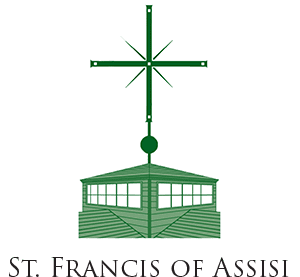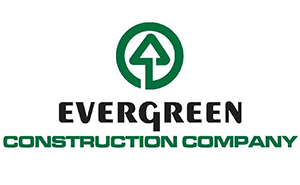
As a member of the North Carolina Housing Coalition, much of my advocacy work goes into building a movement to ensure that every North Carolinian has access to a safe and affordable home. As a mother of two young daughters, I am also constantly aware of how my advocacy intersects with advocacy for children.
When you think about a thriving community, the well-being of children should always be centered. Families with children want to ensure their needs are met and they are healthy – physically and emotionally. The local school system wants to ensure a sound education for every child in the community. Colleges, Universities, and trade schools strive to provide the training needed for a person to move into adulthood with the skills and education needed to thrive in the workforce. And the government and business communities want to make sure that people continue to live, work, and raise future generations there.
As an advocate and community organizer, I too often see other organizations work solely within the silos of their own “causes.” For the families who are furthest from opportunity, the lack of affordable housing, quality healthcare, nutritious food, clean air and water, fully-funded schools, and a host of other struggles present daily threats to that family’s well-being. Tackling all these different issues affecting our families can feel overwhelming to an individual or small organization. In order to have real change, advocates must work with the mentality that all of the causes intersect – and there is no better way to view that intersection than through the child advocacy lens. It is safe to say that one of the most defining factors of whether or not a community thrives is how well its children thrive. That’s why we stand shoulder-to-shoulder with advocates from different sectors, with the common mission of a better quality of life for children and families across North Carolina.
A significant part of my work at the moment involves a partnership with NC Child on Opportunity Starts at Home — a long-term, multi-sector campaign to meet the rental housing needs of the nation’s low-income people. Through this work, the Coalition participates in the Child Advocacy Network. At their annual retreat held last week, I had the opportunity to connect and work with advocates that deal with a variety of issues; including housing and homelessness, safety and criminal justice reform, public education, early childhood education, language access, food insecurity, and climate change. Throughout our virtual day together, there was reflection on work from this past year, along with collaboration to build goals and strategy for 2022. Partnerships through groups like the Child Advocacy Network, Partnerships for Children, and NCHC help build stronger statewide coalitions that work at the intersection of housing and child advocacy – in turn, campaigns like Opportunity Starts at Home educate impacted communities on support and resources available, and uplift their voices in spaces where policies are made. Just as important, our work aims to influence policies that address the structural and racial inequities in housing and other social determinants of health.
The challenges that families face – housing, healthcare, education, etc. – are not mutually exclusive, and all need to be addressed to improve the lives of children and families. Assistance with utilities and resources like internet access sets kids up for success at school. Access to healthy and affordable food will keep children healthy and thriving. With housing being one of the biggest costs most families have to face, supporting affordable housing helps families contribute to their local economy, from grocery stores to gas stations to child care. I encourage fellow housing advocates to find ways to connect with community-based groups that work on intersecting issues. Creating healthier communities will take working to provide immediate support for families, and eliminating the barriers that many face when trying to access the things they need. If we stay forward-focused, and prioritize the most vulnerable members of our community – children – we will create the long-term systemic change that will keep us all thriving, well into the future.








